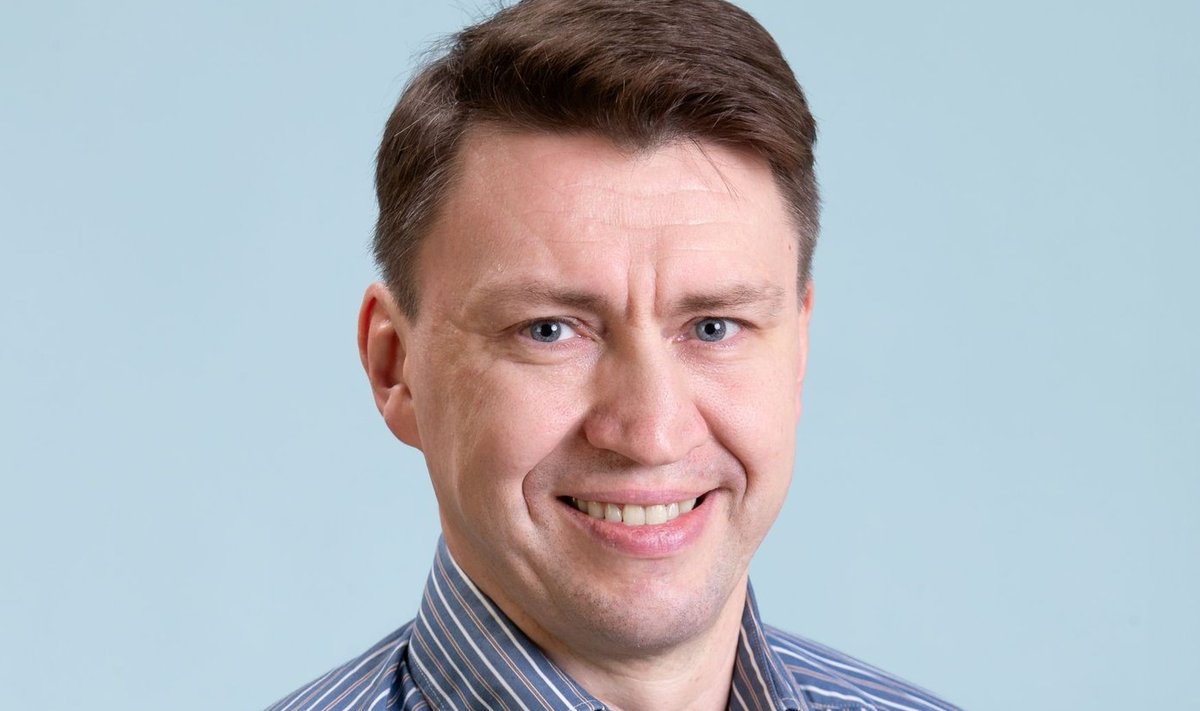ESAIC News
Interview with ESAIC new President-Elect Prof. Wolfgang Buhre

During Euroanaesthesia 2022 held in Milan this year, the Council members voted for the incoming president of the society. Prof. Wolfgang Buhre (Maastricht University Medical Centre, The Netherlands) was voted as President-Elect and will assume his role as from 1 January 2023.
We spoke with Prof. Buhre on his interests, his life at ESAIC and the various projects he assumed, his professional life, the challenges that came with the new position and his vision.
Perhaps it is of great interest for the community to get to know how did you cross paths with ESAIC and how long have you been part of this wonderful community?
I started my personal career at the ESAIC in Glasgow at the Euroanaesthesia 2003 as a presenter and was asked thereafter to take place in the subcommittee “Monitoring and Computing”. After a while I was elected as chairperson of this committee and then moved to the Research Committee, where we had a couple of wonderful years with excellent colleagues and interesting initiatives.
During those 20 years as part of ESAIC, you had a few initiatives started and successfully implemented. Could you please share those projects and new contributions to ESAIC with the readership?
In the years 2009 and 2010 we had a couple of intense discussions about the Clinical Trial Network (CTN) and this was the first new initiative we started from the Research Committee (RC). In 2016, during my term as chair of the RC, we started the research mentorship program bringing together young scientists and mentors. After being successful in CTN trials, we tried to create a forum for research groups, which we established relatively shortly thereafter with the aim to connect colleagues throughout Europe and abroad, meeting each other, share ideas and ultimately working together. Personally, these achievements of creating connectivity and community are fantastic and really make me proud.
Last but not least, in 2016 we created an environment for the most complex interventional trials together with funding organizations, like the EU but also partners from industry, the so-called academic contract research organization (A-CRO). Looking back to all these initiatives I am proud and satisfied because the ESIAC is nowadays one of the most significant players in the field of research which perfectly fits into our competences in the field of patient safety and education.
You have a very busy professional life in your institution. Could you please tell us what is the most important set of values for the role of the anaesthesiologist in the multidisciplinary setting you are also promoting in your work that you would like to see implemented as well in other institutions in the future?
I am very grateful that I was asked two times in my life to create a team that is able to build integrated divisions including perioperative medicine, anaesthesia, intensive care medicine, pain therapy and emergency care in an academic environment. In 2012 we build such a division in Utrecht and in 2020 in Maastricht (NL). Our core value is the best possible care for the acute and perioperative patient. We are holistic physicians seeing and treating patients during the most dangerous periods of their lives. Therefore, we need to fulfil the highest standards of education, knowledge and need to apply the actual state of the art – evidence based. Anaesthesiologists are per definition team workers with a strong leadership approach. Shortly after setting up our Division in Maastricht, the COVID pandemic started, and we were able to respond adequately because all key players necessary for this purpose were already linked together in one organizational structure.
What do you think is the set of values ESAIC is reflecting and nurturing to its community that you believe constitute the community’s strength?
ESAIC is committed to the highest standards in patient care, education, and research you can imagine. We are able to realize this because we are linked to each other in our society. We are willing to transfer knowledge in every field of our profession resulting in further growth and development in all these fields. But besides this, ESAIC is a home place for a great group of professionals, where you can ask for help, advice and support in the broadest sense.
What will be the main goals you will focus during your presidency that the community will hear about, goals that will be reflected in your style and strategy and what are the main challenges you foresee while executing your vision?
I will focus on three main areas: First the integration of care, as I just mentioned. The common ground for acute, intensive, and perioperative care is reflected by ESAIC’s mission. Second, we need to be prepared to answer to several relevant questions, shortage of professionals, the green deal, and we need to be ready for the decade of technological developments. Third, working together with partners from authorities, funding organizations and industry but also sister societies is fundamental because the relevant challenges can only be accepted together.
Is there a message you would like to share with the ESAIC community; a promise you make to them; a final word?
Barack Obama once said:” If you’re walking down the right path and you’re willing to keep walking, eventually you’ll make progress.” This quote describes my approach adequately.










